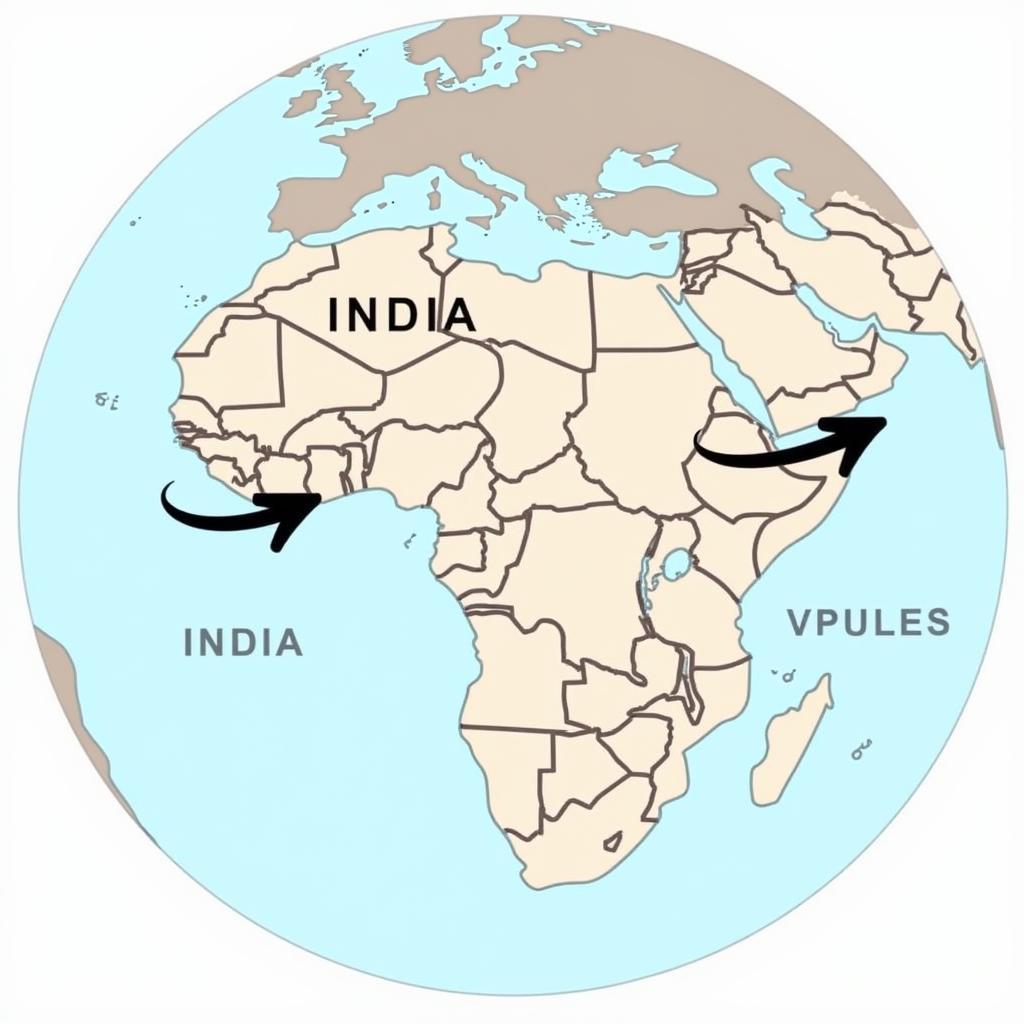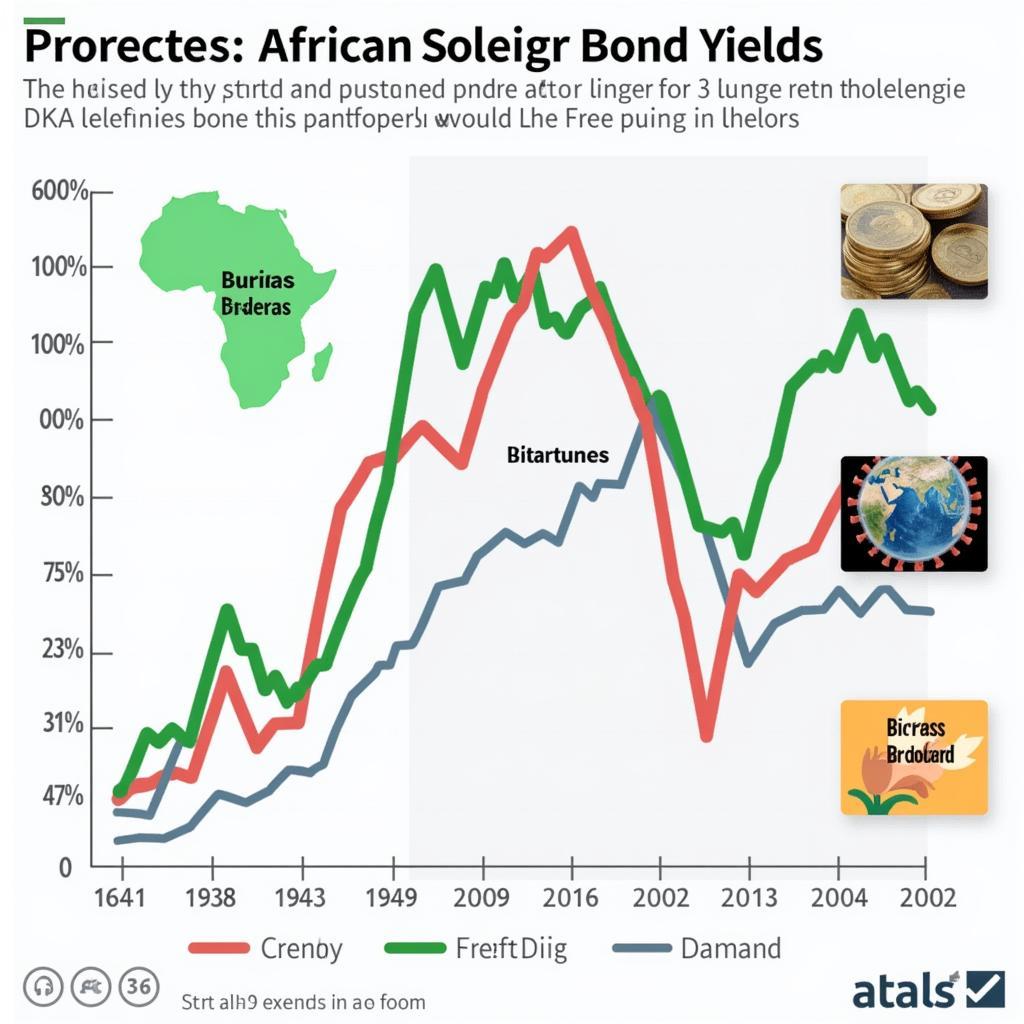Captivating African Caracal Images: A Glimpse into the Desert Lynx
The elusive caracal, often referred to as the desert lynx, is a mesmerizing creature whose captivating images draw you into the heart of Africa. These stunning felines, with their distinctive ear tufts and piercing gaze, are a testament to the beauty and diversity of African wildlife. This article delves into the world of the caracal, showcasing its unique characteristics and offering a collection of captivating African Caracal Images.
Unveiling the Secrets of the African Caracal
Caracals are medium-sized wild cats found throughout Africa, the Middle East, Central Asia, and India. Their name derives from the Turkish word “karakulak,” meaning “black ears,” a fitting description of their most prominent feature. These striking black ear tufts, tipped with long, black hairs, are not just for show. They aid in communication and help the caracal pinpoint prey in dense vegetation. While often called the desert lynx, they are not closely related to lynxes. They are more closely aligned with the serval and the African golden cat.
Caracals are incredibly adaptable animals, inhabiting a wide range of environments, from savannas and woodlands to mountainous regions and even semi-desert areas. Their ability to thrive in diverse habitats speaks to their resilience and resourcefulness. They are primarily nocturnal hunters, relying on their exceptional hearing and agility to capture prey such as rodents, birds, and small antelopes.
Exploring the Beauty of African Caracal Images
African caracal images offer a unique window into the lives of these fascinating creatures. From photographs capturing their powerful hunting prowess to intimate portraits showcasing their expressive eyes, these images allow us to appreciate their beauty and learn more about their behavior. The internet provides a vast resource for exploring these images, with websites and social media platforms dedicated to wildlife photography offering a glimpse into the caracal’s world.
Caracals are solitary animals, except during mating season and when raising their young. Females typically give birth to a litter of one to six kittens, which they raise and protect fiercely. Observing these family interactions through photographs and videos provides valuable insights into the caracal’s social dynamics.
The Importance of Conservation Efforts for the African Caracal
While caracals are not currently considered endangered, their populations face increasing threats from habitat loss, human-wildlife conflict, and illegal hunting. Conservation efforts are crucial to ensure the long-term survival of this magnificent species. Organizations dedicated to wildlife conservation are working tirelessly to protect caracal habitats and raise awareness about the importance of their role in the ecosystem.
Supporting these organizations and advocating for responsible wildlife management practices are essential steps in preserving the future of the caracal. By appreciating the beauty and uniqueness of these creatures through African caracal images, we can foster a deeper understanding and commitment to their protection.
Dr. Anika Moolman, a renowned wildlife biologist specializing in African carnivores, emphasizes the importance of habitat preservation: “Protecting the natural habitats of the caracal is paramount to their survival. These animals play a vital role in maintaining the balance of the ecosystem, and their loss would have cascading effects.”
Professor Jabari Olufemi, a leading expert in African wildlife conservation, adds: “Educating local communities about the importance of coexisting with wildlife is essential in mitigating human-wildlife conflict and ensuring the long-term survival of species like the caracal.”
Conclusion: Preserving the Legacy of the African Caracal
African caracal images not only capture the beauty and power of these remarkable felines but also serve as a reminder of the importance of conservation efforts. By appreciating and understanding these animals, we can contribute to their protection and ensure that future generations can continue to marvel at the captivating African caracal images.
FAQ
- What is the lifespan of a caracal? Caracals can live up to 19 years in captivity, but their lifespan in the wild is generally shorter.
- What do caracals eat? Caracals are carnivores and primarily hunt small mammals, birds, and reptiles.
- Where can I see caracals in the wild? Caracals are found throughout Africa, the Middle East, Central Asia, and parts of India. They are elusive animals and difficult to spot in the wild.
- Are caracals endangered? Caracals are not currently listed as endangered, but their populations are facing increasing threats.
- What are the main threats to caracal populations? Habitat loss, human-wildlife conflict, and illegal hunting are the primary threats to caracals.
- How can I help protect caracals? Supporting conservation organizations and promoting responsible wildlife management practices are key to protecting caracals.
- Where can I find more African caracal images? Numerous websites and social media platforms dedicated to wildlife photography showcase captivating images of caracals.
Looking for other captivating animals of the African savanna? Explore our articles on lions, leopards, and cheetahs!
Need more information or have questions about African wildlife? Contact us at Phone: +255768904061, Email: [email protected] or visit us at Mbarali DC Mawindi, Kangaga, Tanzania. We have a 24/7 customer support team.



